Japan Tourism Info, Japanese Art, Japanese Traditional Crafts
Best 4 Features of Japan’s Buddhist Architecture: Temples, Statues, and Gardens
You’ve seen them on postcards; you’ve seen them in movies; you’ve seen your friends posed in front of them in pictures on Facebook. Known for their unique architectural style, tranquil grounds, and impressive statues, Japan’s Buddhist temples are world famous. Todai-ji in Nara, Senso-ji in Asakusa, Tokyo, and Kiyomizu-dera in Kyoto are just a few you might have heard of. But what is it about the historic aesthetic of these and other temples that keeps visitors coming back to visit time and time again? As more than just places of religious worship, the Buddhist temples of Japan represent an architectural tradition reflecting a wide array of aspects central to Japanese art and art history. Today, let’s take a look at these massive works of art, as well as some of the accompanying pieces that decorate their grounds and interiors.
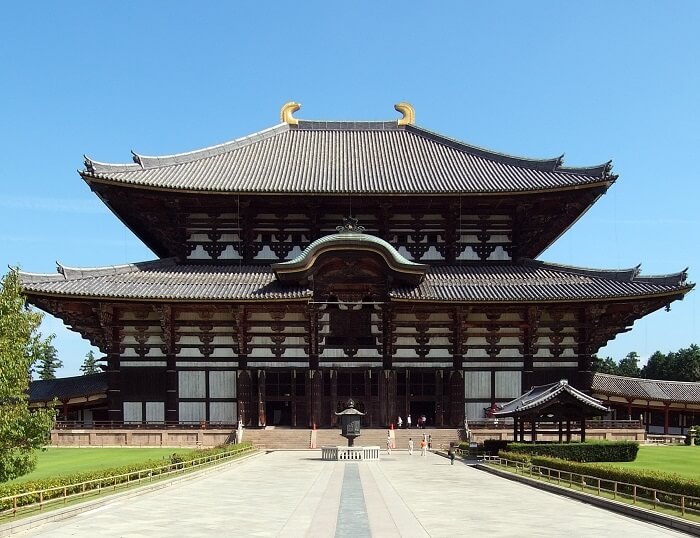
1) The History of Buddhist Architecture in Japan
Buddhism is believed to have arrived in Japan from China, the Korean Peninsula, and the greater Asian continent sometime during the six century. Its teachings and rituals were quickly adopted in the area of today’s Nara prefecture, then the center of Japanese civilization and the seat of the imperial throne. After years of struggles between the imperial government and burgeoning Buddhist sects, the religion was recognized and adopted by the imperial family. This meant an explosion of interest in its teachings as residents could freely adopt it as their way of life. Expressions of the passionate devotion to the faith and its many important figures and histories soon produced marvelous works of art. Not limited only to the construction of Buddhist temples – the beautiful architectural masterpieces we are focused on today – imperial nobles and humble followers of the faith produced carvings, statues, and paintings depicting aspects of their faith. The birth of an artistic and creative movement of this type was never before seen on the islands of Japan; indeed, it is the legacy and history of this explosion of faith which attractions hundreds of thousands of visitors to the Japanese cities of Nara and Kyoto each and every year.
Thus, from the early 600s and beginning with the expanded Asuka-dera temple in Nara, a number of large and impressive Buddhist temples were constructed throughout the region. This boom in construction is said to have marked a shift in the practise of rulers from demonstrating their power with the construction of massive kofun tombs, to the sponsorship of equally massive temples. Completed with the help of experiences builders from the Korean and Chinese kingdoms on the mainland, their stylings were informed by Buddhist traditions with an importantly regional and Japanese twist. Soon thereafter six more temples were built by imperial order in the region, and the original and ever famous “Seven Great Temples of Nanto (Nara)” were completed.
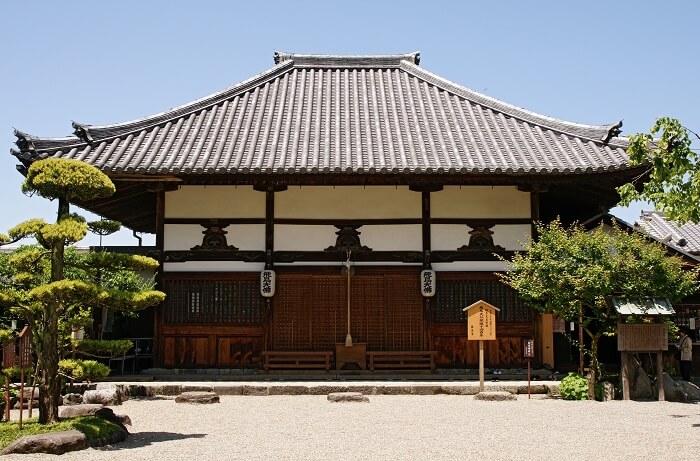
The architectural features of these temples introduced and popularized a style that has since become synonymous with Japanese Buddhism, Japanese temples, and even Japanese art, architecture, and aesthetics more generally. Additionally, the inclusion of ornaments and idols within these first temples established a tradition that continues today, feeding today’s thriving industries of Japanese stonemasonry, statue making, sculpting, and landscaping. Before we get into that, however, let’s look at the architectural features of Japan’s oldest temples, considering their influence on later structures.
2) Nara’s Seven Great Temples: the Roots of Japanese Buddhist Architecture
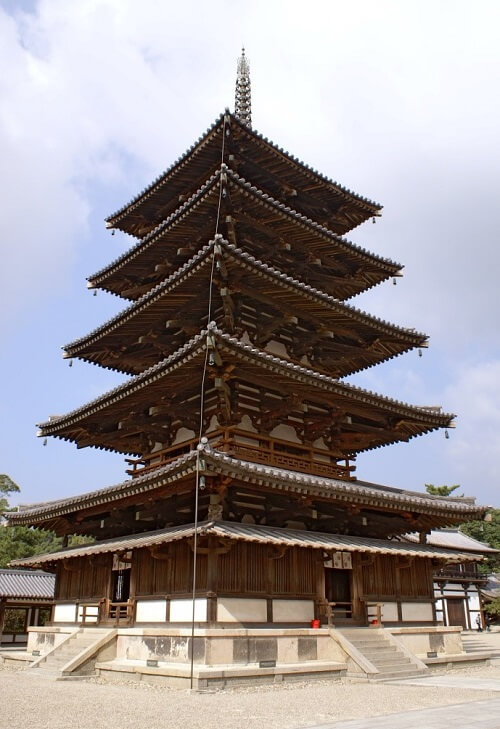
The Nanto Shichi Daiji, the Seven Great Temples of Nanto (Nara), were constructed within a few hundred years of the Asuka-dera temple. Together they represent several interpretations of old, continental stylings combined with aspects of what is now famously known as Japanese Buddhist architecture. Beginning with their tiled and multi-tiered roofs, the very first buildings of the Houkou-ji temple – thought to be one of Japan’s oldest – are very similar to their continental counterparts. The pagodas of the Horyu-ji temple, also a part of the Seven Great Temples, are constructed with wood chopped in the year 594, making it one of the oldest wooden buildings left standing in the world. Its influence on late pagodas then, is apparent as it outdates them all. Indeed the pagoda is a central feature of many of Japan’s Buddhist temples.
One of Todai-ji’s guardians
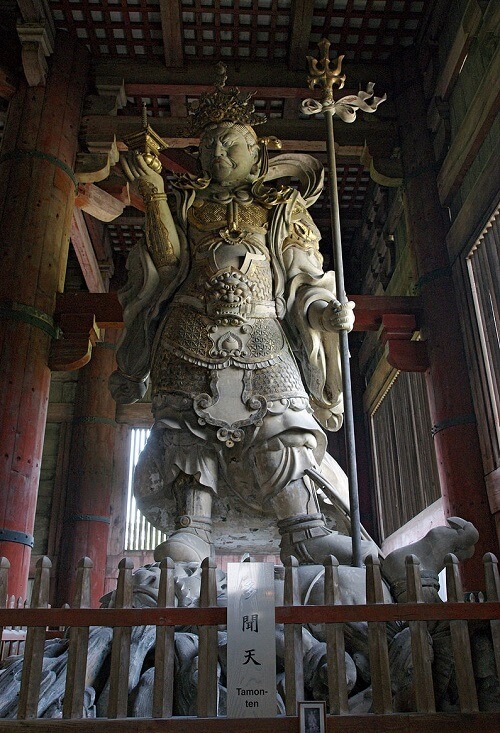
(Image: wikipedia.com)
During the peak of Buddhist power and influence over Japanese governance – during the Nara period – the capital region became filled with these expensive and massive sites of worship. It was at this time that the famous Todai-ji temple was constructed in today’s Nara-city. Now surrounded by Nara Park, the Todai-ji compound is one of the nation’s most visited tourist sites. While the temple is famous for its massive bronze Buddha statue (Daibutsu), the impressive wooden buildings which house it, as well as the towering warrior statues which guard its entrances, the park itself is known for the friendly deer who wander its fields offering bows to visitors in exchange for treats.
Friendly deer at Todai-ji, with the Great Southern Gate visible behind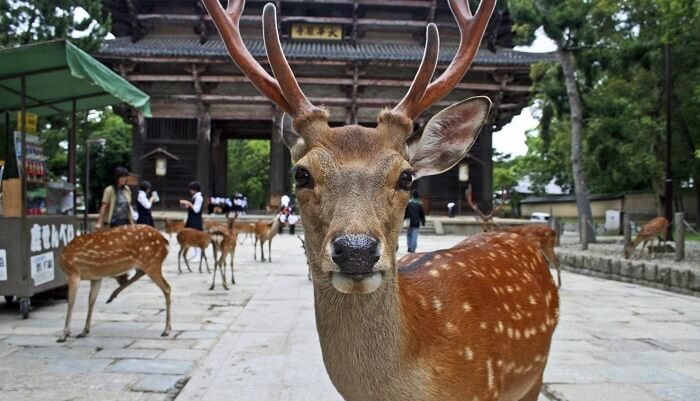
The main building, as well as two pagodas which originally flanked it (destroyed by fire) and the ever-famous Great South Gate, are constructed almost entirely of wood, in a fashion and tradition established at the introduction of Buddhist temple construction to Japan. Damage caused by fires and earthquakes, as well as efforts to expand the grounds, provided rulers with opportunities to update or refine the style of the temple. The southern gate, once one representative among many of typical temple aesthetic, stands today as one of the only examples of Japan’s ‘great Buddha style’ developed based on the earliest influences from China.
Todai-ji’s Southern Gate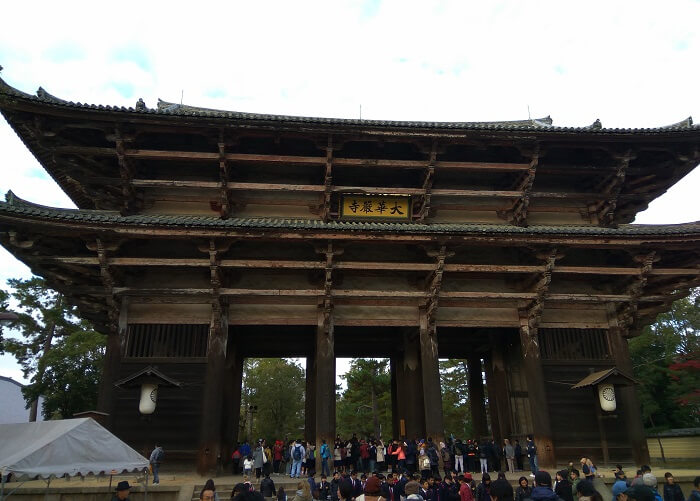
This grandiose, almost over-the-top structure, made painstakingly from wood, is a great representation of mastery Japanese carpentry, woodworking, and carpentry. With slotted columns into which the crossbeams are fitted, the massive beams are held up firmly without nails, allowing some movement and thus greater resistance to earthquakes. Furthermore, many of these structural features were left uncovered by the builders, making them visible from the outside. The influence of these construction methods lives on, informing the style of Japan’s master woodworkers and their ingenious techniques of nail-less joinery.
The woodwork architecture of Todai-ji’s Great Southern Gate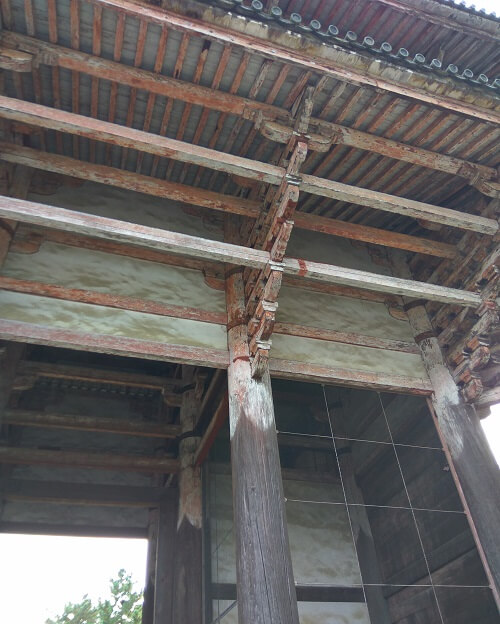
3) The Giant Buddha Himself: The Birth of a Tradition
Within Todai-ji, as mentioned, sits the giant bronze-cast Buddha statue. Known as the temple’s daibutsu, the casting and exhibition of the giant Buddha statue has become a tradition in Japanese Buddhism, with similar statues appearing at the sites of later imperial capitals of Kamakura, Kyoto, and Tokyo and at other sites throughout the islands. The Todai-ji Buddha, first cast in 751, has forever been the world’s largest at nearly 15 meters tall and 28 meters wide at the shoulders. It is said that the statue weighs 500 tonnes.
Nara Daibutsu at Todai-ji Public Domain
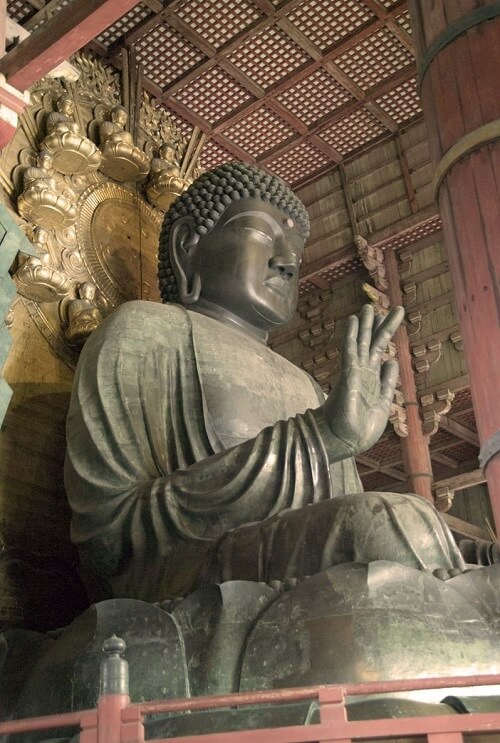
(Image: wikipedia.com)
As mentioned, the giant Buddha of Todai-ji was and is the largest. However, its creation followed a long history of statute making and worship – a history which is central to the Buddhist tradition. Indeed, statutes played a central role in even the earlier temples. Moreover, statues continue to occupy high positions of importance within even the newest or smallest temples across Japan (and indeed the wider Buddhist world). For this reason, the craft of statute making has always been a respected and supported art form in Japan.
4) The Temple Grounds
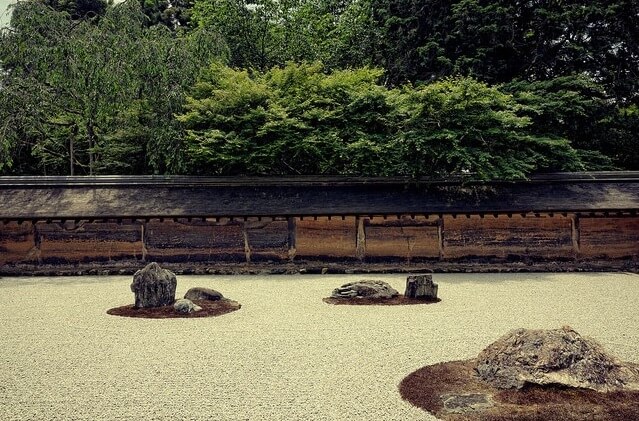
(Image: theculturetrip.com)
As tranquil sites of worship, landscaping and grounds keeping quickly became important aspects of the cloistered or visiting monks’ daily lives, as well as large parts of the sensual appeal enjoyed by visitors from outside the temple walls. Today, temple gardens have become major tourist sites, as well as the single most important influence on aesthetics now considered to be inseparable from the ‘Japanese’ style of gardening. Everything you recognize about a modern Japanese garden is in some way inspired by traditions developed at Japan’s Buddhist temples. Take for example the world-famous rock gardens of Ryoan-ji Temple, Kyoto. Add to it the ‘sea of sand’ found at Ginkaku-ji Temple (The Silver Pavillion), also in Kyoto. Finally, consider the reflective pond which sits in front of Kinkaku-ji (The Golden Pavilion). Each of these features, developed during the Zen Buddhist and after around 1400 AD are now central features of almost every garden taking up the Japanese Garden label. This includes the many Japanese gardens now found around the world, such as the Nitobe Memorial Garden at UBC in Vancouver.
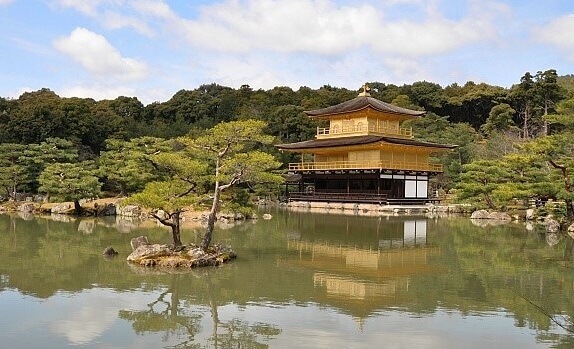
(Image: japan-guide.com)
The Lasting Influence of Buddhist Architecture and Art on the Japanese Aesthetic
So now you know just how important the influence of Buddhism has been on the development of Japanese architectural achievement and artistic expression. Imported from the continent before being given a series of uniquely Japanese remodelling, these traditions stretch back some 15000 years on the islands of Japan, and even further back in today’s China and Korea. With some of the most impressive artifacts of this history still standing and visible to the public today, you should waste no time getting to Nara and Kyoto to soak it all in for yourself. Where else can you survey over a 1000 years of Buddhist architecture, sculpture, and gardening tradition then in these two neighbouring towns? And it’s all doable on train and on foot in one or two days!

Author - Jay
In my spare time I enjoy watching baseball, tasting local cuisine, and exploring by road and rail. Having lived in several cities around the world, I have an appreciation for local as well as international histories and cultures. Excited by cultural and social exchange, it is my hope that this blog will help promote an interest in Japanese traditional wares and practises by introducing you to their history and meanings.

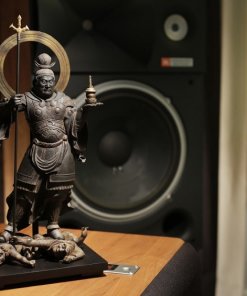

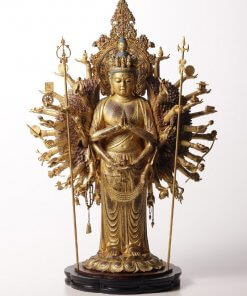
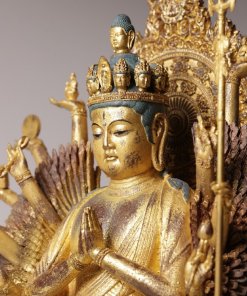
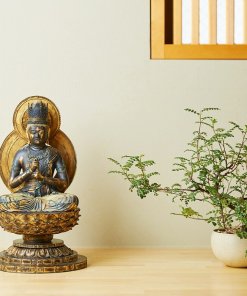
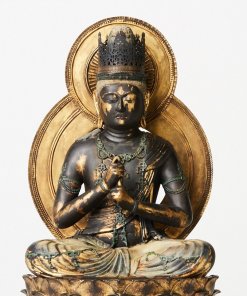
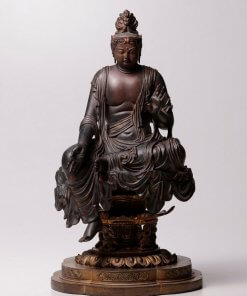
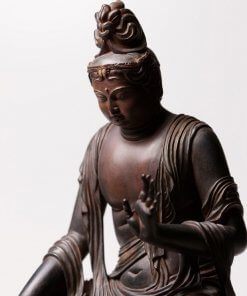
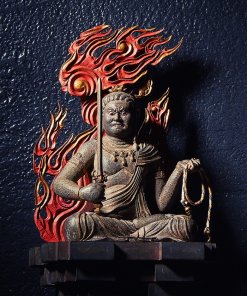
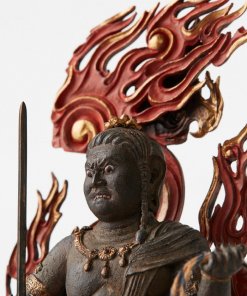
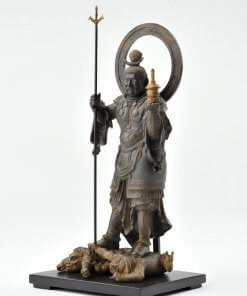
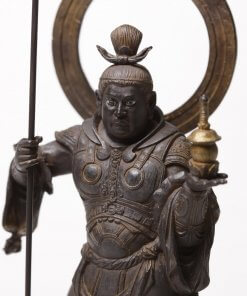
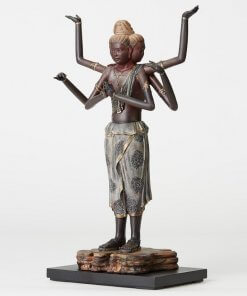

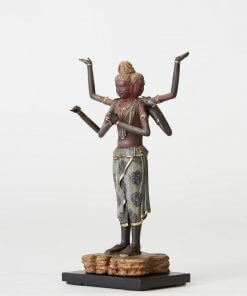

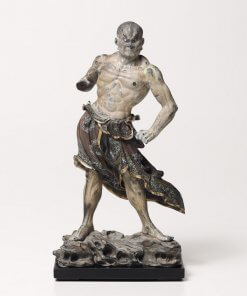

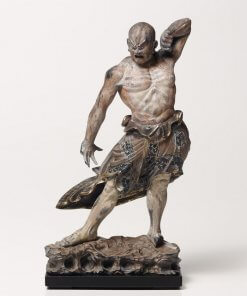
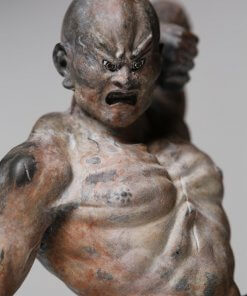
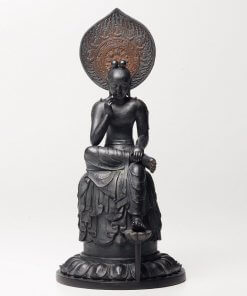
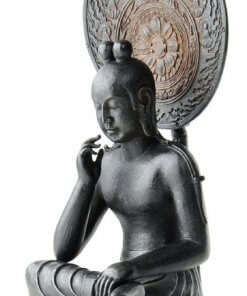
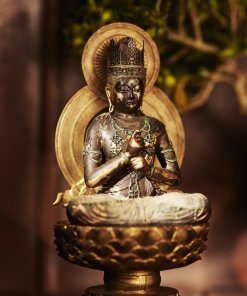
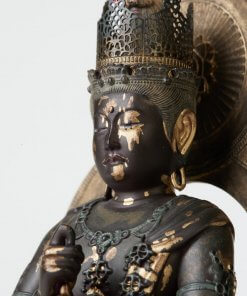
About Orientalsouls.com
Learn and Buy Japanese Craftsmanship, Tradition & Culture
OrientalSoul.com is the online shop where you can buy traditional crafts of Japan.
We only sell selected authentic products in which true spirits of Japanese craftsmanship exist.
You may be able to find similar products in other shops for lower prices. However, we sell products based on fair prices that worth labor and value of experienced craftsmen.
In addition, we introduce stories about product history, how a product is made, what makes it different from others, and how the product enriches your life!